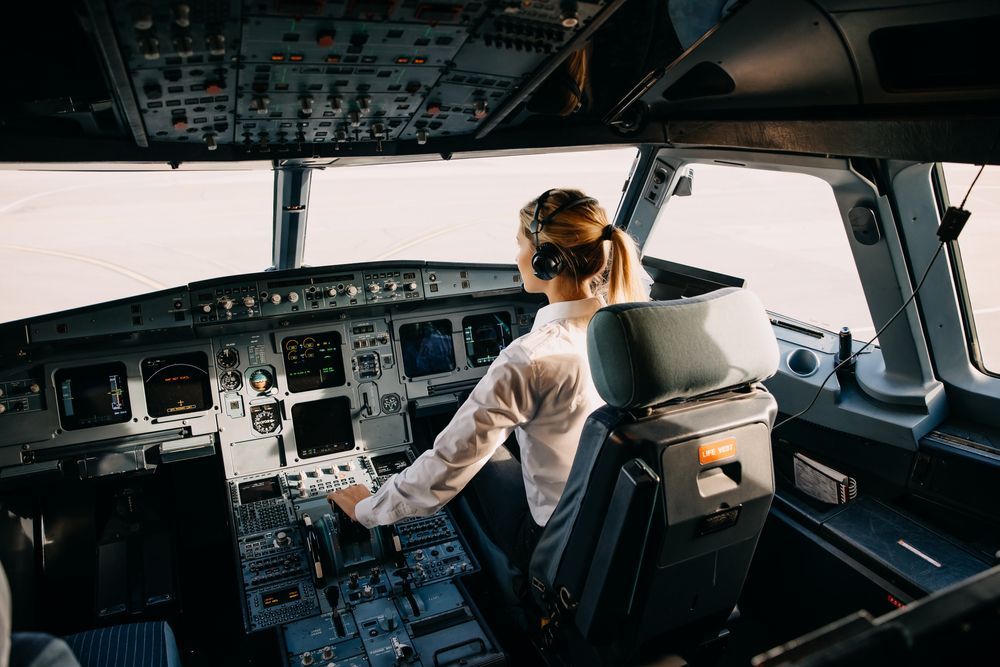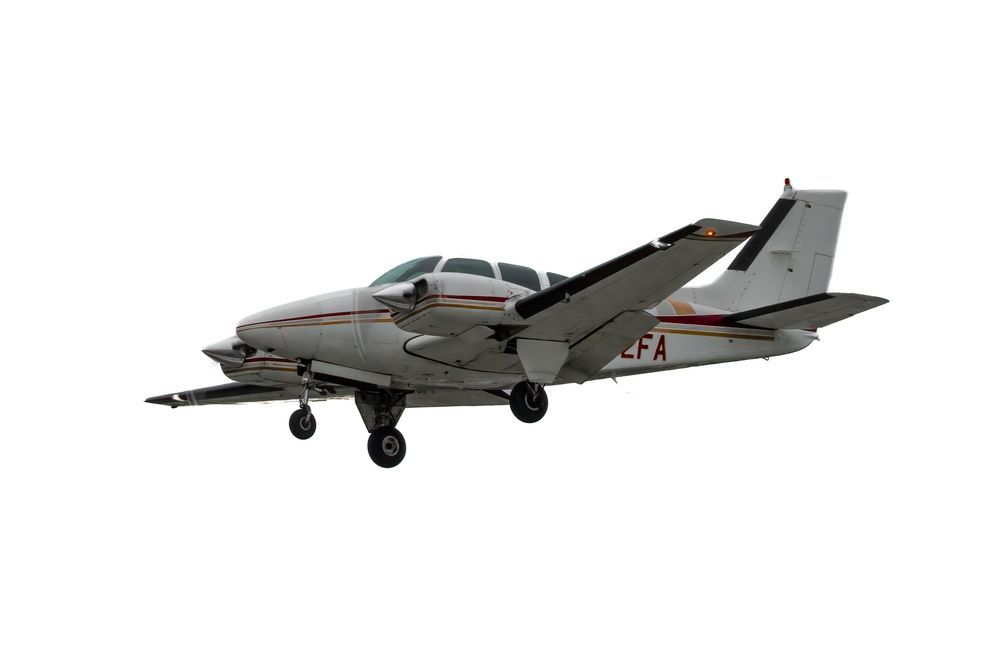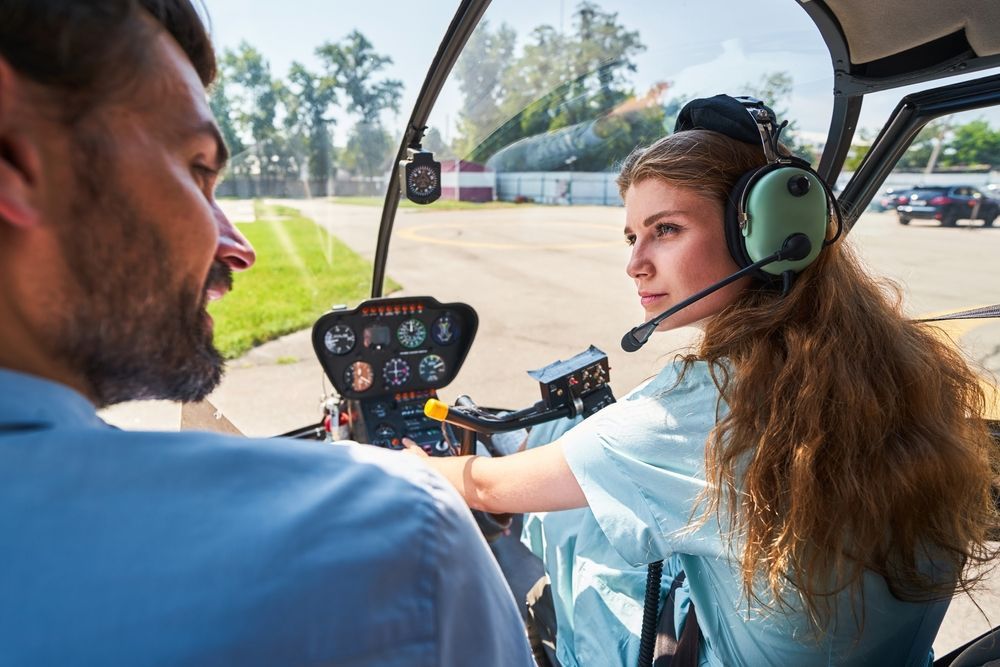How to Get Your Pilots License in Illinois
Share this article:
Deciding to embark on a new career path is an exciting move, especially when it involves taking to the skies. Are you wondering how to get your pilot’s license in Illinois? Below, we discuss eligibility requirements and how to get both your private and commercial pilot’s license in the state of Illinois.
How to Get Your Pilot’s License in Illinois: Select a Flight School Program
Before obtaining any pilot licensure, the first step is to select which training program is best for you.
To better gauge your flight training needs, consider the following:
- What are your pilot goals?
- How much can you afford?
- How much time do you have to dedicate towards your training?
- Are you looking for a Part 61 or Part 141 training school?
- Do you want a traditional pilot training program or an accelerated one ?
With that in mind, the next step is to obtain your private pilot’s license, or your instrument rating if you intend to earn your commercial pilot’s license later.
How to Get Your Private Pilots License in Illinois
The Private License is for those who wish to fly for pleasure and potentially personal business. It does not allow you to fly for hire as a professional pilot. With your Private license, you are allowed to take friends and family for flights day or night in VFR weather conditions.
Fulfill Eligibility Requirements
- Be able to read, speak, write, and understand the English language, or have such operating limitations placed on his/her pilot certificate as are necessary for safety
- Be a US citizen or complete the non-citizen flight training registration requirements via www.flightschoolcandidates.gov
- Hold at least a current FAA Third Class Medical Certificate
- Complete Ground School Training
- Acquire a minimum of 40 flight hours, which includes a minimum of 20 hours dual flight (with an instructor) and a minimum of 10 hours of solo flight
- Pass FAA written exam (knowledge test) and checkride (practical test)
Complete Private Pilot’s License Training
When training to become a private pilot, you primarily undergo ten different phases through a combination of online training and flight scenarios. Below is an example of an airline training flight program.
Phase One: Learning Your Airplane
In this first phase, you are introduced to how an airplane flies, airplane engines and systems will get to know your plane. Additionally, your flight scenario training segments include your first flight, controlling the airplane, and increasing awareness.
Phase Two: Improving Control
Here, you take what you learned from phase one and develop it even further by learning single-pilot resource management (SRM), using your airport and radio communications, and more. Flight scenario training segments include recognizing and recovering from stalls, correcting for the wind in flight, and making steep turns. Furthermore, this phase will also include your first progress check.
Phase Three: Takeoffs and Landings
In this segment, you begin studying weather, airplane performance and limitations, learning to land, and learn more about charts, publications, hazards, and emergencies. Flight scenario training segments include takeoffs and landings, crosswind takeoffs and landings, and emergency operations and landing practice.
Phase Four: Preparing for Solo Flight
Here, you will apply what you learned from phases one through three and prepare to put it into practice. At this time, you will learn airspace, aviation rules and terminology, flight instruments, and cockpit display in addition to GPS, lost procedures, and develop emergency instrument skills. Additionally, your flight scenario training segments include using your flight display, handling the unexpected, and getting ready for your first solo flight.
Phase Five: First Solo
As the last component to stage one of your training, this phase will include your first and second solo flight, followed by a second progress check.
Phase Six: Getting Ready For Cross Country Flying
In this first phase of the second stage of acquiring your private pilot’s license, you learn advanced takeoff and landing techniques and study how to read weather reports and charts. Flight scenario training segments include a solo flight beyond the pattern, using short- or soft-field techniques, using electronic navigation, and another solo practice.
Phase Seven: Flying Cross-Country
Next, this phase helps prepare you for your cross-country flights by also reviewing necessary navigation procedures. Additionally, your flight scenario training segments include going cross-country, polishing your cross-country skills, undergoing another progress check, and completing your first solo flight cross-country.
Phase Eight: Flying at Night
Here, you will apply what you learned from previous segments and practice with night flying. This phase will teach you night flying, the human body, and radio navigation. Flight scenario training segments include flying at night and flying cross-country at night.
Phase Nine: Advancing Your Skills
As the final component of stage two, this phase covers flying longer cross-country routes with flight scenario training segments, including polishing emergency instrument skills and completing additional solo cross-country practice.
Phase Ten: Final Preparation for Your Practical Test
This is it, the final step before taking your FAA practical test and becoming a licensed private pilot! Before you celebrate, this phase will cover how to pass your checkride, your responsibilities as a certified pilot, and conduct a mock FAA practical test to help prepare you. As one last measure, you will undergo your final progress check to refine your piloting skills before your final exam.
How to Get Your Commercial Pilot’s License in Illinois
The Commercial Pilot License is for students wishing to become professional airplane pilots or those who’d like to improve their skills as a pilot by learning to fly with a higher degree of precision and academics. The commercial rating is required before a pilot may be compensated or hired by a company to fly.
Fulfill Eligibility Requirements
- Be at least 18 years of age
- Currently have at least a fixed wing Private Pilot License
- Hold at least a current FAA Third Class Medical Certificate (second class required to receive compensation)
- Complete Ground School Training
- Acquire at least 250 flight hours, a minimum of 100 hours of solo/PIC (Pilot In Command) flight, 50 hours of cross country, 10 hours of solo flight
- Pass FAA written test (knowledge exam) and checkride (practical test)
Complete Commercial Pilot’s License Training
When training for a commercial piloting career , you primarily undergo eight different phases subsequently following the completion of your instrument rating training. Below is an example of an airline training flight program when becoming a commercial pilot.
Phase One: Learning Professional Cross-Country and Night Procedures
In this first phase, you acquire the necessary skill to navigate typical cross-country and night flying scenarios. Also, this time of training will include cross-country planning and sectional charts.
Phase Two: Refining Navigation and Basic Maneuver Skills
Here, you take what you learned from phase one and develop it even further. Additionally, you will train on radio navigation, flight instruments, and airspace and weather minimums.
Phase Three: Building Cross-Country Experience
In this segment, you begin studying and tracking weather, weight, and balance. Then, you will continue applying everything learned thus far with a cross-country and progress check.
Phase Four: Flying Complex Airplanes
At the beginning of stage two in your flight program training, you start studying and analyzing flight aerodynamics. Additionally, you continue to practice flight scenarios with complex airplane instruments and maneuvers followed by another progress check.
Phase Five: Flying Commercial Maneuvers
Now, you can begin training for airline aviation. In this phase, you continue learning about aircraft performance and commercial maneuvers. However, you also practice flight scenarios such as steep turns and spirals, emergency descent maneuvers, chandelles, lazy eights, eights on pylons, and much more. This phase will also include another progress check to ensure you know how to react to the above flight scenarios appropriately.
Phase Six: Preparing for Your Commercial Checkride
This is the final stage in your aviation training as you study flight operations and the tangible applications. You will review and improve your commercial maneuvers in addition to your cross-country training.
Phase Seven: Fine-Tuning Your Skills
During this phase, you study and review the federal aviation regulations while honing your commercial and cross-country flight maneuvers.
Phase Eight: Achieving Your Goal
You set out for airline piloting and are now almost there! With this final progress check reviewing your commercial maneuvers and checkride briefing, you can finally picture yourself in the cockpit, ready to transport commercial airline passengers to new adventures ahead.
Get Your Pilot’s License in Illinois with J.A. Flight Training
If now is the time for YOU to start flight school, start looking at the next steps! J.A. Flight Training is conveniently based in Chicago’s western suburb, Sugar Grove. No matter which career path you follow, you can count on experiential learning with the most up-to-date equipment, flight simulators, and aircrafts available. We are proud to offer world-class training that prepares our students for a successful future as a pilot through flexible classes and affordable programs.
If you would like to receive more information about our Illinois flight training program, contact us today to get started on your new career path!
Connect with Us:



